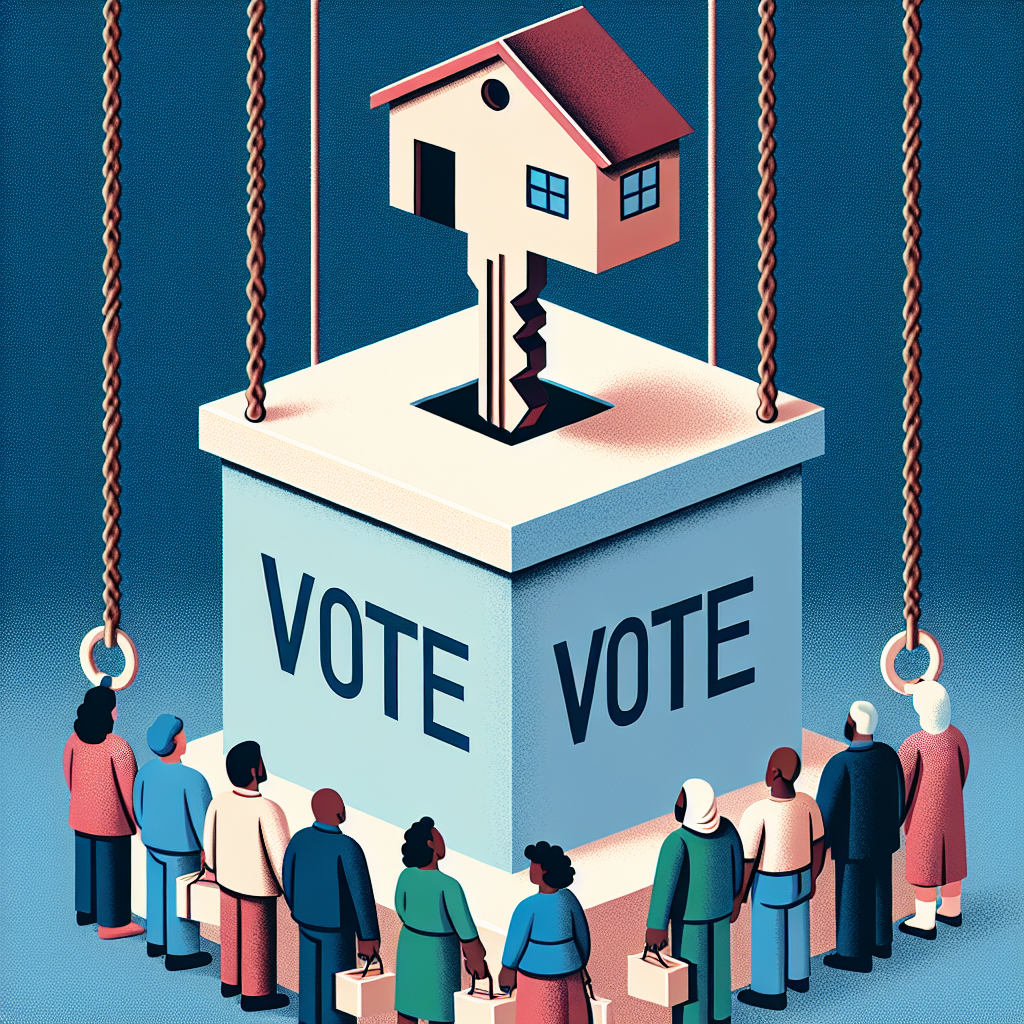Housing Affordability Tops Concerns for Early Voters: Redfin Report
As the political landscape heats up in anticipation of upcoming elections, a new report from Redfin highlights a pressing issue that is resonating with early voters across the United States: housing affordability. This concern is not only shaping voter priorities but also influencing the platforms of political candidates. In this article, we delve into the findings of the Redfin report, explore the factors contributing to the housing affordability crisis, and examine potential solutions that are being proposed to address this critical issue.
The Redfin Report: Key Findings
Redfin, a leading real estate brokerage, conducted a comprehensive survey to gauge the concerns of early voters. The report reveals that housing affordability is at the forefront of voters’ minds, surpassing other significant issues such as healthcare and education. The key findings of the report include:
- Over 60% of early voters identified housing affordability as a major concern.
- Young voters, particularly those aged 18-34, are the most affected demographic, with 70% expressing anxiety over housing costs.
- Urban areas are experiencing the highest levels of concern, with cities like San Francisco, New York, and Los Angeles leading the list.
Factors Contributing to the Housing Affordability Crisis
The housing affordability crisis is a multifaceted issue driven by several interrelated factors. Understanding these factors is crucial for developing effective solutions:
Rising Home Prices
One of the primary drivers of the affordability crisis is the rapid increase in home prices. According to the National Association of Realtors, the median home price in the U.S. has risen by over 20% in the past five years. This surge is attributed to a combination of low inventory, high demand, and historically low mortgage rates.
Stagnant Wages
While home prices have soared, wage growth has not kept pace. Many Americans find themselves priced out of the housing market as their incomes fail to match the rising costs of homeownership. This disparity is particularly pronounced in metropolitan areas where the cost of living is significantly higher.
Limited Housing Supply
The shortage of affordable housing is another critical factor. Zoning regulations, high construction costs, and a lack of available land have all contributed to a limited supply of new homes. This scarcity exacerbates the affordability issue, as demand continues to outstrip supply.
Potential Solutions and Policy Proposals
Addressing the housing affordability crisis requires a multifaceted approach that involves both public and private sector initiatives. Some of the proposed solutions include:
- Increased Housing Supply: Encouraging the construction of new homes through incentives for developers and streamlined zoning regulations can help alleviate the supply shortage.
- Rent Control Measures: Implementing rent control policies can provide immediate relief to renters facing skyrocketing costs, though it remains a contentious solution with potential drawbacks.
- Affordable Housing Programs: Expanding government programs that support affordable housing development and provide subsidies for low-income families can make a significant impact.
- Wage Growth Initiatives: Policies aimed at boosting wage growth, such as raising the minimum wage and supporting job training programs, can help bridge the gap between income and housing costs.
Conclusion: A Call to Action
The Redfin report underscores the urgency of addressing housing affordability as a top priority for early voters. As the issue continues to gain traction, it is imperative for policymakers, community leaders, and stakeholders to collaborate on innovative solutions that ensure access to affordable housing for all Americans. By tackling the root causes of the crisis and implementing effective policies, we can create a more equitable housing market that meets the needs of current and future generations.



